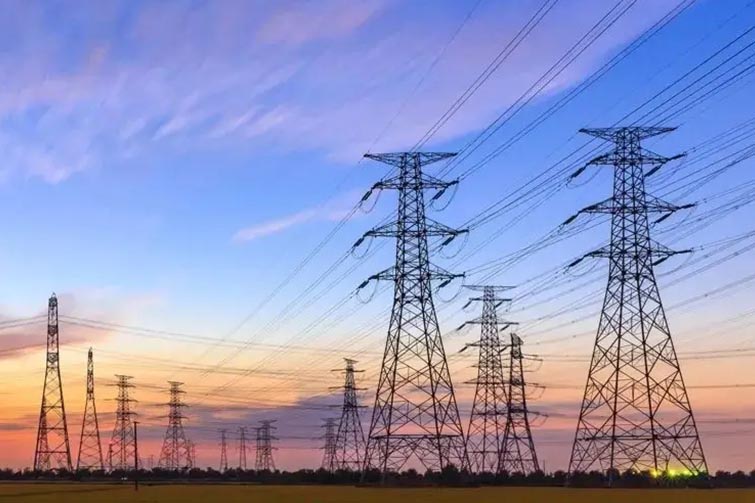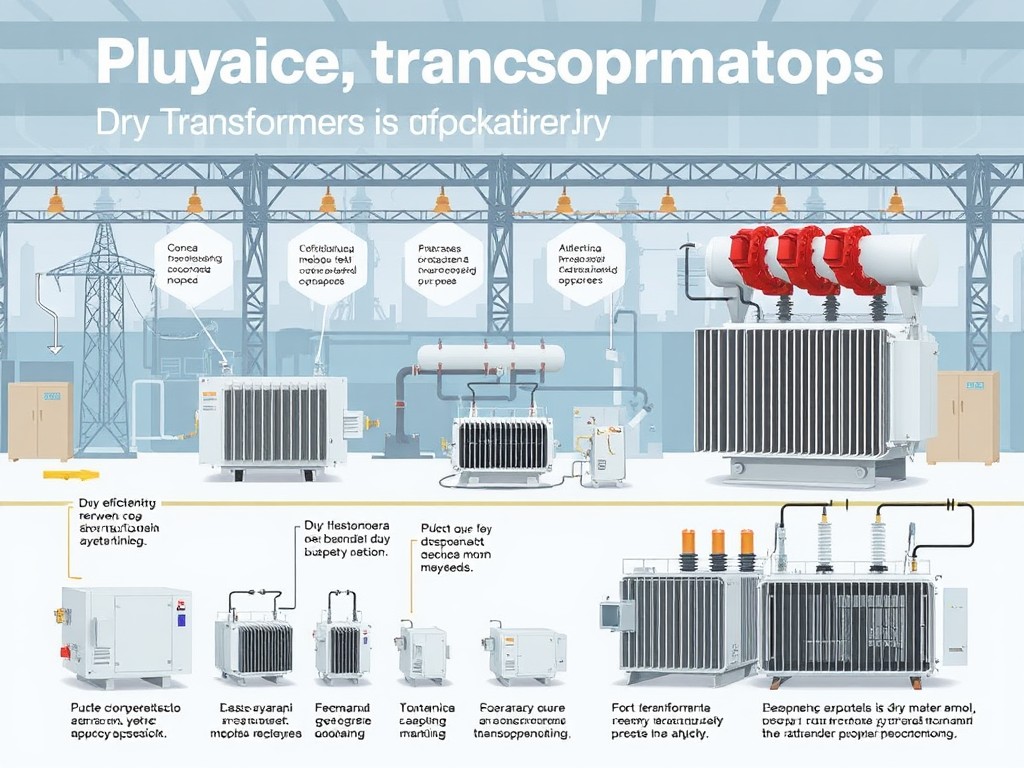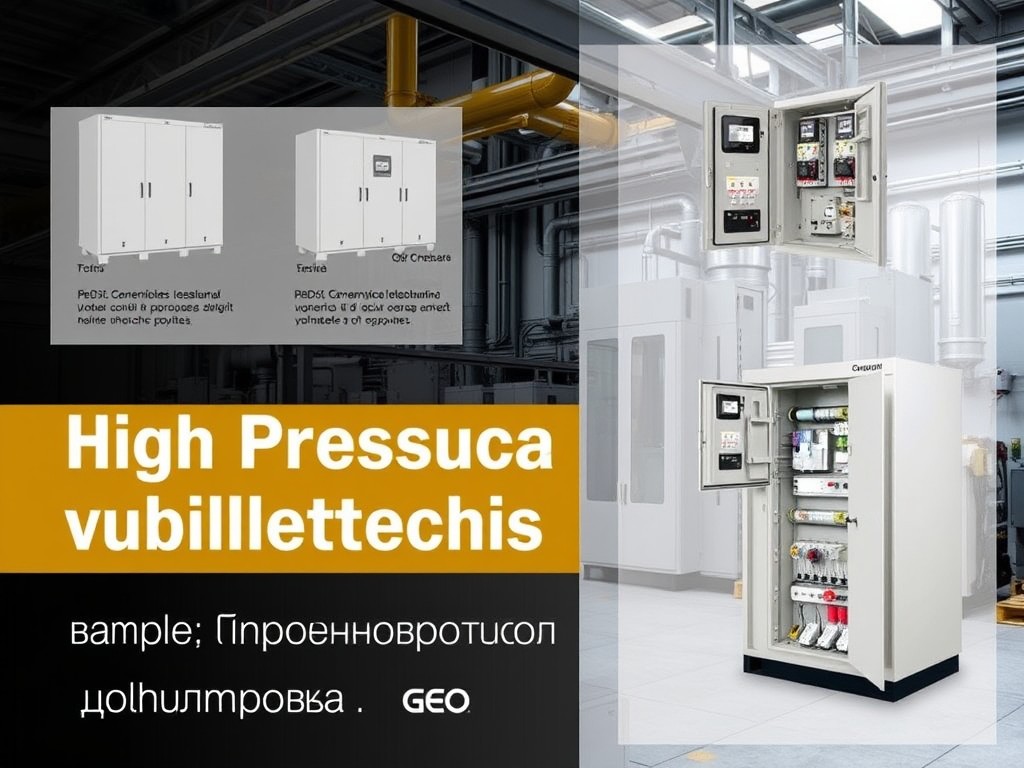

How to Choose the Right Prefabricated Substation
A prefabricated substation, also known as a box-type substation, is an integral part of power distribution systems. Designed to provide a compact, efficient, and reliable solution for electrical transformation and distribution, these substations are widely used in residential areas, industrial facilities, and renewable energy projects. Selecting the right prefabricated substation involves understanding its design, features, and compatibility with your project requirements.
1. Understand the Purpose and Applications
Before selecting a prefabricated substation, define its purpose and where it will be used. Common applications include:
- Urban Power Distribution: To provide electricity to residential or commercial areas.
- Industrial Facilities: To handle high loads in factories or warehouses.
- Renewable Energy Projects: To transform power generated by solar or wind farms.
- Temporary Sites: Such as construction sites or events requiring portable power solutions.
Knowing the application helps determine the specifications, capacity, and design features you need.
2. Key Factors to Consider
a. Voltage Levels
Choose a substation that matches your voltage requirements. Typical voltage levels include:
- High Voltage (HV): For main power transmission.
- Medium Voltage (MV): For industrial or regional power distribution.
- Low Voltage (LV): For residential or end-user applications.
Ensure the substation can step down or step up voltage as needed for your system.
b. Load Capacity
Assess the load demand of your project and select a substation that can handle the maximum expected load. Overloading a substation can lead to failures and safety hazards, while underutilization wastes resources.
c. Design and Dimensions
Prefabricated substations come in various designs, including:
- Outdoor: Weather-resistant and suitable for harsh environments.
- Indoor: Compact designs for limited space.
- Mobile: Mounted on trailers for temporary or mobile applications.
Ensure the dimensions fit the available space and transportation constraints.
d. Components and Configuration
A typical prefabricated substation includes the following components:
- Transformer: To adjust voltage levels.
- Switchgear: For controlling and protecting electrical circuits.
- Busbars and Cables: For efficient power distribution.
- Metering and Monitoring Systems: For performance tracking and diagnostics.
Check the quality and specifications of each component to ensure reliable performance.
e. Cooling System
Select a cooling system suitable for the operating environment. Options include:
- Oil Cooling: Common in high-capacity substations.
- Air Cooling: Suitable for smaller or low-maintenance setups.
- Hybrid Systems: Combining multiple cooling methods for better efficiency.
f. Environmental Conditions
Consider the environmental conditions where the substation will be installed, such as:
- Temperature Extremes: High or low temperatures may require specialized cooling or insulation.
- Humidity: Affects corrosion resistance and electrical insulation.
- Seismic Activity: Substations in earthquake-prone areas should meet seismic design standards.
3.Safety and Compliance
a. Standards and Certifications
Ensure the substation complies with local and international standards, such as:
- IEC Standards: For design and operational safety.
- ISO Certifications: For quality assurance.
- Local Grid Standards: To ensure compatibility with the power grid.
b. Safety Features
Look for built-in safety features, such as:
- Arc fault protection.
- Fire-resistant enclosures.
- Lightning arresters for surge protection.
c. Maintenance Accessibility
Choose a substation with an ergonomic design that allows for easy maintenance and repairs, minimizing downtime and operational costs.
4. Vendor and Manufacturer Selection
a. Reputation and Experience
Work with reputable manufacturers who have experience in producing high-quality substations. Research their track record and read reviews from other customers.
b. Customization Options
Some projects may require specific designs or configurations. Choose a manufacturer that offers customizable solutions to meet your unique needs.
c. After-Sales Support
Ensure the vendor provides comprehensive after-sales services, including installation support, training, and maintenance services.
5. Cost Considerations
While price is an important factor, it’s essential to balance cost with quality and long-term value. Consider:
- Initial Investment: Including design, manufacturing, and installation.
- Operational Costs: Such as energy efficiency and maintenance.
- Lifespan: Higher-quality substations often have a longer operational life, reducing replacement costs.
6. Technological Features
Modern prefabricated substations may include smart features, such as:
- Remote Monitoring: Real-time performance tracking and diagnostics.
- IoT Integration: For seamless communication with smart grids or automation systems.
- Energy Management Systems: To optimize efficiency and reduce waste.
Conclusion
Choosing the right prefabricated substation requires careful evaluation of your project’s needs, environmental conditions, and long-term operational goals. By considering factors like voltage levels, safety standards, and technological advancements, you can ensure a reliable and cost-effective solution for your power distribution needs. Collaborate with experienced manufacturers and vendors to secure a high-quality substation that meets your specifications and stands the test of time.








